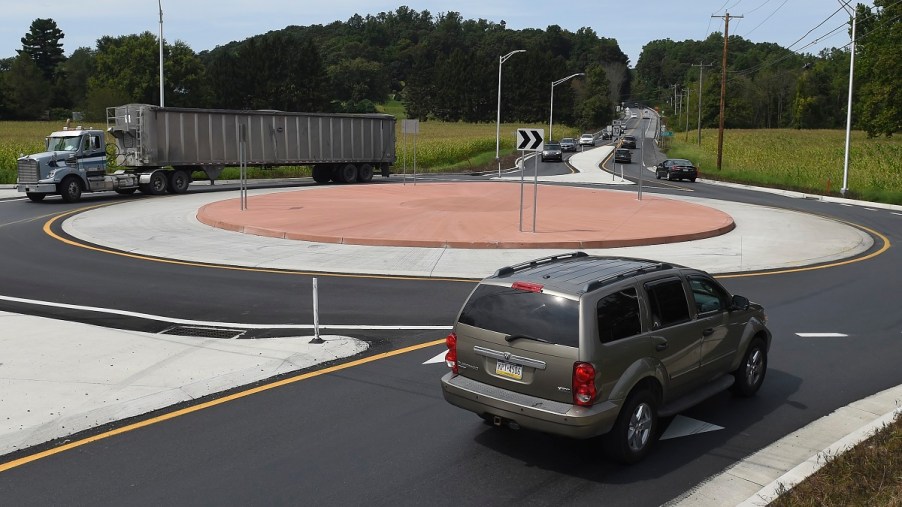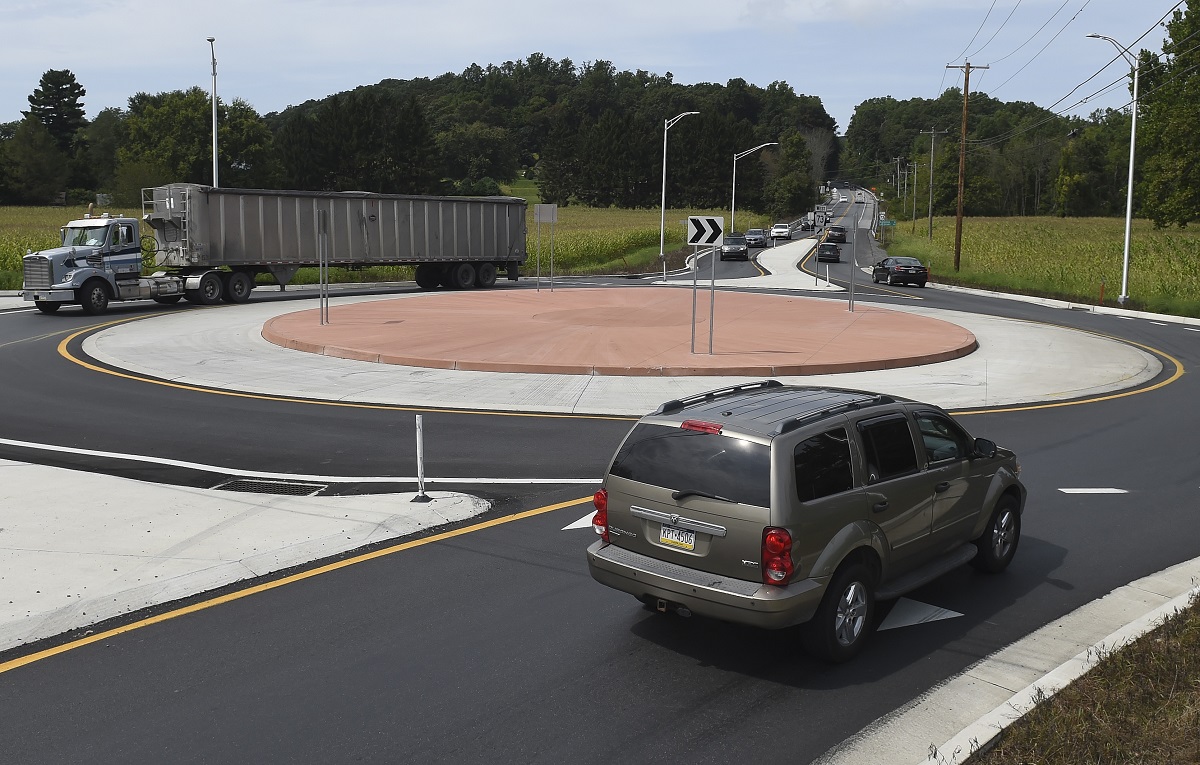
How Do I Drive in a Roundabout?
For some of us, a roundabout makes perfect sense. You don’t have to stop, traffic can keep flowing, they’re much safer, and you’re on your way a lot faster. For others, a roundabout is a confusing nightmare. It’s understandable because they’re new to many American cities, though they’ve been common in the rest of the world.
What are the rules of a roundabout and how do I drive in a roundabout?
How do I drive in a roundabout?

If you get confused in a roundabout, you’re not the only one. Where I live in Albuquerque, New Mexico, Roundabouts are now replacing stoplights on some intersections. They’re great for keeping traffic flowing. But, according to KRQE News 13, some people need a refresher on how to drive through one after multiple drivers got confused driving through the roundabout.
But, it’s pretty simple to navigate a roundabout and they’re much quicker than a four-way stop. Just turn right and keep going on your way. However, also keep these rules in mind:
· Slow down and yield to traffic already in the roundabout.
· Look to your left to see if there is an appropriate gap in traffic; if one is not available be prepared to stop.
· Always enter the roundabout to the right and proceed on the right side of the central island.
· Maintain slow speeds through the roundabout, generally 15 mph to 25 mph.
· Do not attempt to pass other vehicles or bicyclists.
· Yield to pedestrians and bicyclists.
What if the roundabout has two lanes?
A two-lane roundabout looks dangerous, but they’re more efficient than a signal. They eliminate lost time due to red and yellow lights, and they keep traffic flowing. If you know how to use a roundabout.
The main thing to remember is to figure out which lane you need to be in, and then stay there. If you need to exit, take the outside lane. If you’re going around the roundabout, use the inside lane until you need to exit. Use the left lane to go left, the right lane to go right, and either lane to go straight. Never turn left. That’s it.
Are Roundabouts safer?
Roundabouts are not just faster, they’re much safer. Roundabouts cut down on accidents at intersections by 80%, according to the U.S. Department of Transportation. According to the IIHS or Insurance Institute for Highway Safety, the tight circle of a roundabout forces drivers to slow down, which means they calm traffic instead of stopping it.
Also, they improve traffic flow and reduce emissions as vehicles aren’t just sitting parked at a light or a stop sign. In fact, a roundabout can reduce the time you sit idling in your car by nearly 25%, which is something all of us appreciate. A roundabout is also safer for pedestrians. Walkers can go around, or through, a roundabout and the slower car speeds make it easier for pedestrians to judge a car’s speed. Studies say that converting a traditional four-way stop to a roundabout can reduce pedestrian crashes by 75%.


